We knew that the adult activity Sticky Notes in Order was going to be very successful, and our intuition was right. You are using it a lot! Therefore, we decided to release as soon as possible the children’s version of this exercise, with a design better suited to kids and just as entertaining. We introduce the children’s memory game Players in order!
What does this children’s memory game involve?
Children must memorize the position of a sequence of numbers displayed on shirts and then tap them in order. In the following image we show you an example of how to work with this activity:
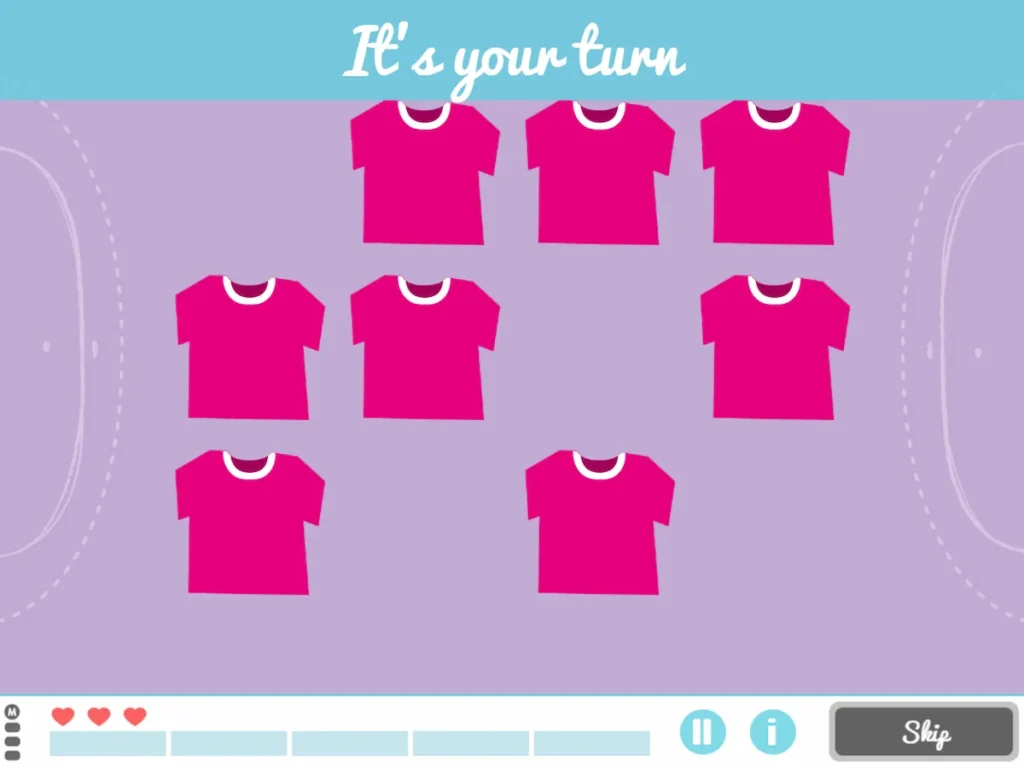
Children tend to be more competitive than adults, and these kinds of tasks motivate them to outdo themselves and remember more numbers and faster. Make the most of that spirit so they get better and better 😄!
What does this activity train?
This NeuronUP activity trains the episodic memory and the working memory.
Ways to work with this game
Players in order is a game and as such it can be used in two ways:
1. Level-based phases
The game is divided into phases, with phase 1 being the easiest and phase 12 the most difficult.
The user will move up or down levels automatically depending on their correct or incorrect answers. Additionally, the professional can choose the phase manually.
2. Customized phases
Additionally, customized phases can be created to adapt them to the specific needs of each child.
2.1. General aspects
You can choose other general aspects such as:
- The number of exercises.
- Maximum time.
- Whether or not you want a visible timer for the activity.
- Whether or not to include an inactivity warning.
- Modify the task instructions.
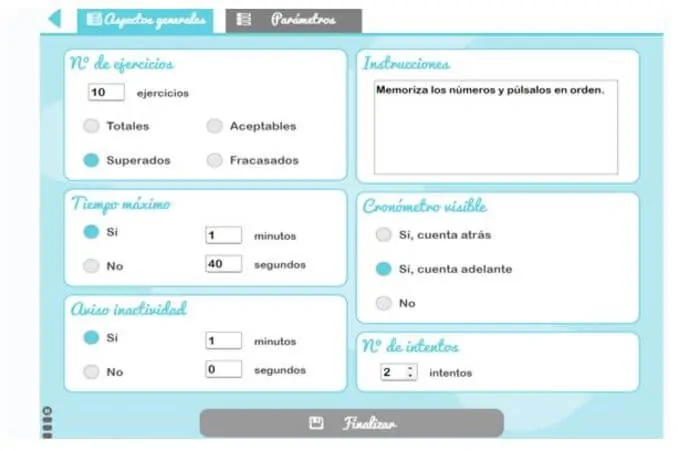
2.2 Parameters
Additionally, in this children’s memory game we can set some activity parameters such as:
- The number of elements.
- Type of help (hidden post-its).
- Matrix size

Available languages
This activity is available in Spanish, English, French and Portuguese.
If you liked this children’s memory game, you may also be interested in this information:
“This article has been translated. Link to the original article in Spanish:”
Nuevo juego de memoria para niños
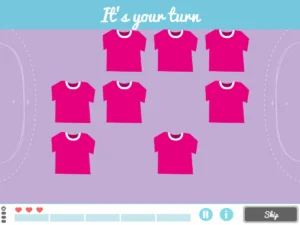
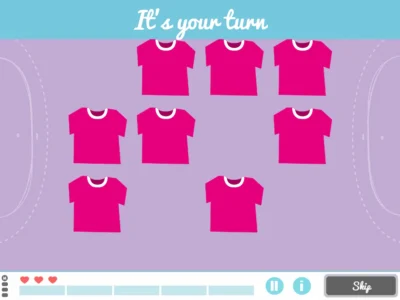





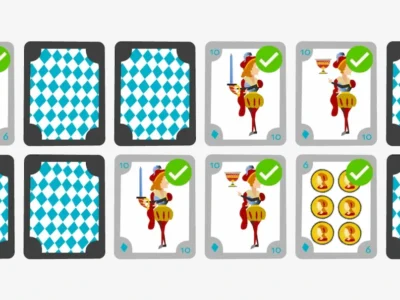
 Group work with NeuronUP
Group work with NeuronUP
Leave a Reply